(ECNS) — Mesmerizing auroras graced the skies of Northern China, including Heilongjiang Province and Beijing, on Friday, sparking widespread discussions.
On Friday evening, auroras painted the heavens above Mohe and Tahe in Northeast China's Heilongjiang Province. Local residents and tourists seized the opportunity to capture the breathtaking scenes.
The phenomenon even trended on China's social media platform Weibo under the hashtag "Beijing Aurora." By Monday morning, the trend had garnered more than 310 million views on Weibo.
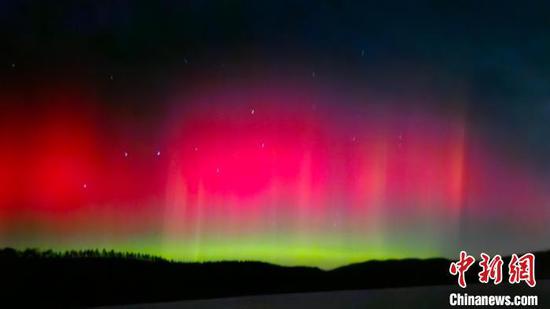
Prior to this celestial spectacle, the National Space Weather Monitoring and Early Warning Center of the China Meteorological Administration had issued a forecast warning of a geomagnetic storm.
Owing to geomagnetic storm activity on November 30, December 1, and December 2, the space station could undergo a reduction in orbital height due to atmospheric drag. This may lead to increased errors in satellite navigation equipment, while aviation flights face the dual risks of degraded communication environments and cross-polar radiation.
The forecast indicated that solar eruption activity was likely to produce vivid and intense auroras on Friday. Northern China, encompassing Heilongjiang and certain areas in the Xinjiang Uyghur Autonomous Region, had the opportunity to witness red or even green auroras.
Observing green auroras in China is a rare treat, contingent upon the impact of robust solar storms on the atmosphere at approximately 100 kilometers, as explained by Han Dayang, an engineer at the Space Weather Technology R&D Office of the National Satellite Meteorological Center.
Reports indicate that Mohe City in Heilongjiang has observed auroras multiple times this year.
According to China Meteorological News, the geomagnetic storm is anticipated to persist for some time. Predictions based on current changes in sunspot numbers suggest that 2024 will maintain high levels of solar activity. This raises the prospect of another opportunity for Northern China to witness auroras during this winter.











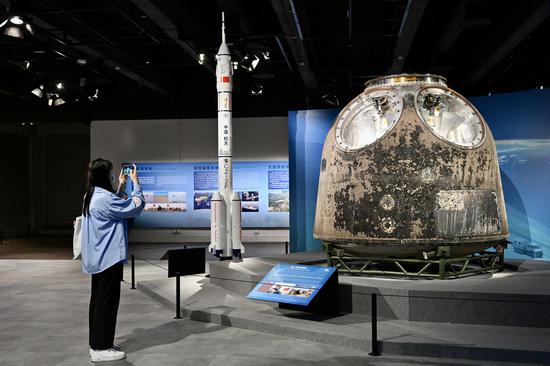



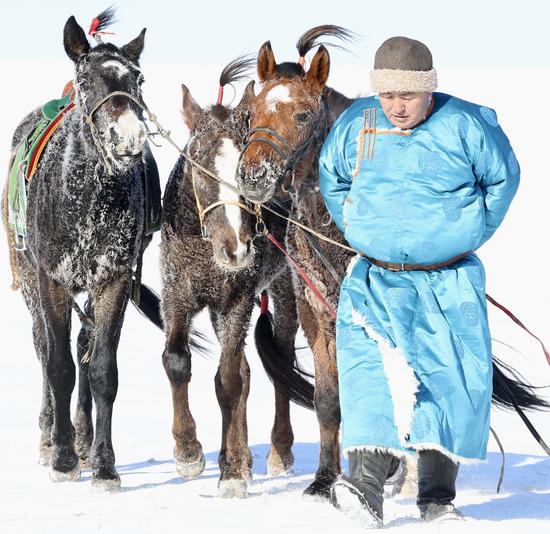








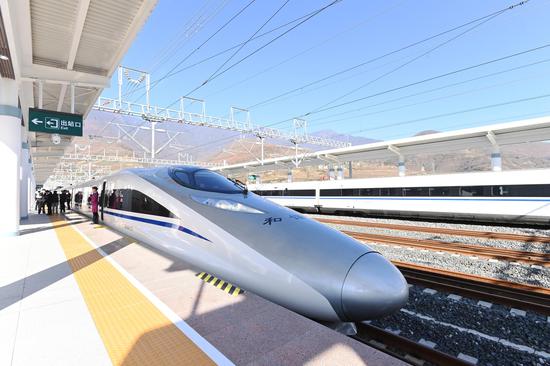




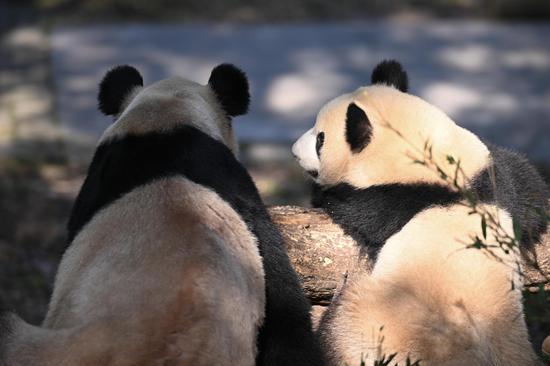



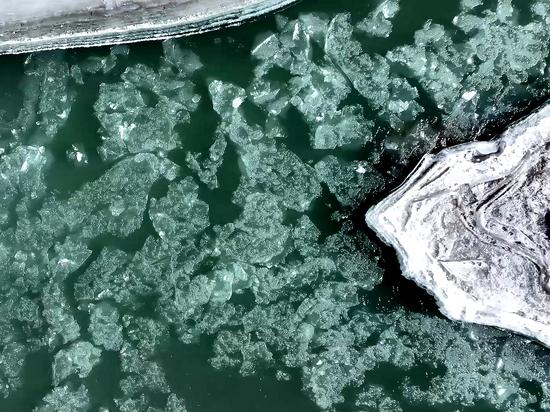

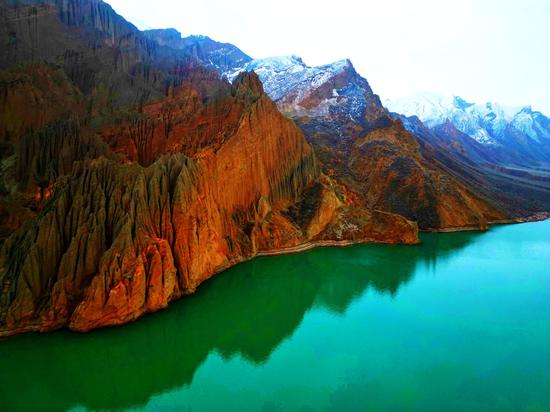
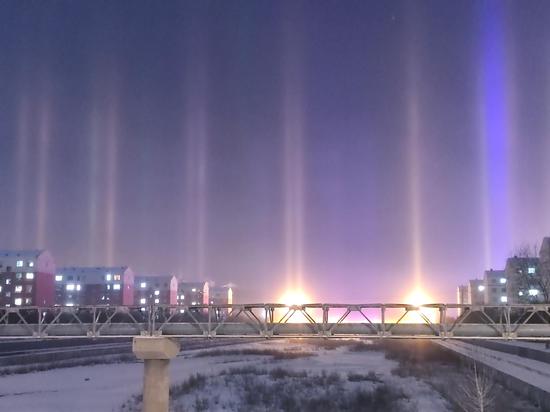



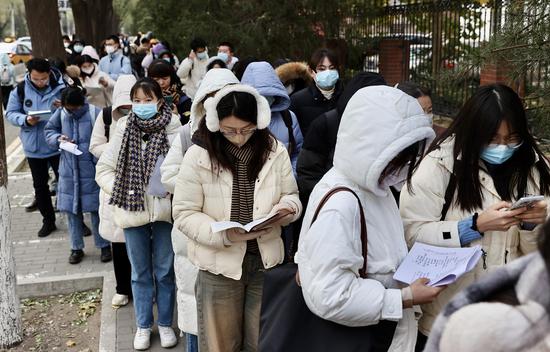

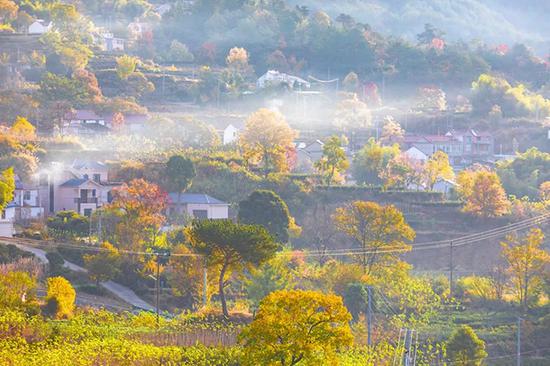
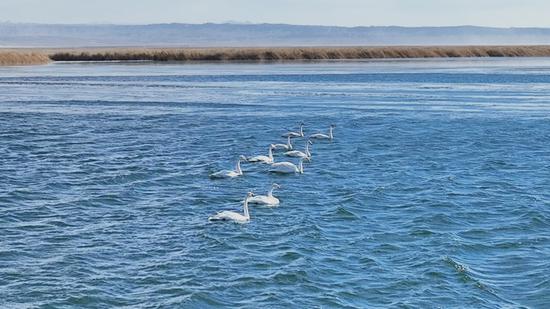


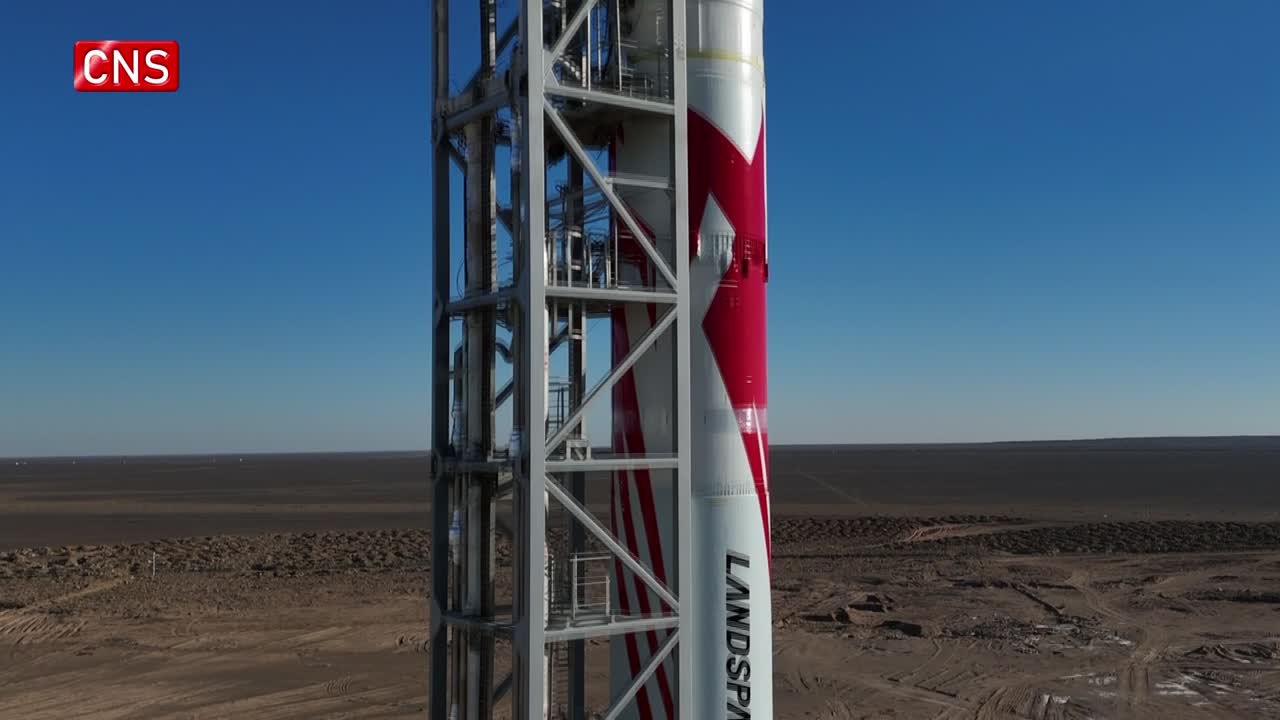



 京公网安备 11010202009201号
京公网安备 11010202009201号
